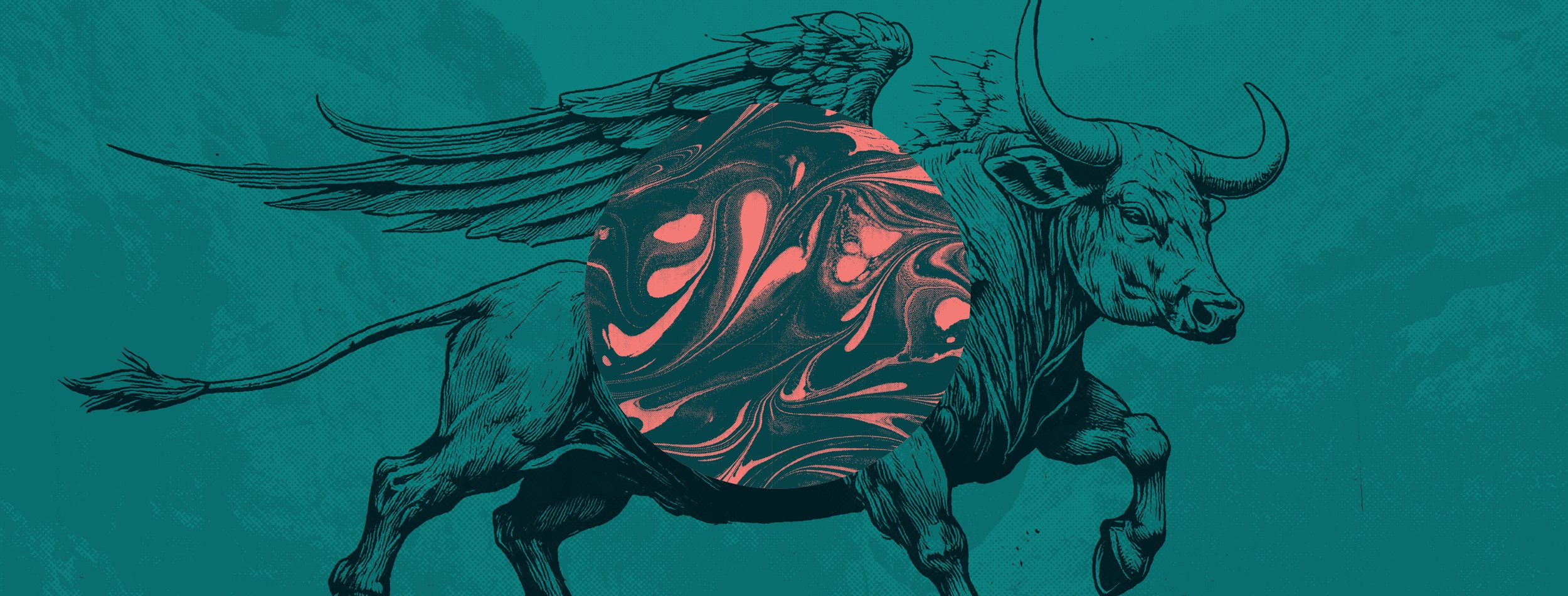THE NARROW WAY
The Narrow Way — The Gospel of Luke
Join us in the new year as we begin a new sermon series called Luke: The Narrow Way. Luke is the longest of the four gospels and of the three synoptic Gospels (Matthew, Mark, and Luke) contains the most unique material. Luke highlights how Jesus interacted with the religious and the irreligious, the prideful and the humble, the insider and the outsider. Luke will invite us to follow Jesus on his way from the manger, to the cross, and to the empty tomb. Luke will challenge our values as we consider what it means to follow Christ and enter through the narrow door. Most of all, Luke will point us to Jesus as we discover who he is and why he came. Luke will show us what he has done for us and what it means to count the cost and follow him.
A note about our series artwork:
We were blessed with artwork from the Graphics Team at Valley Bible Church in Radford, Virginia with lead artist — Nealon Buchanan. In this graphic, you'll notice a Winged-Ox. This is the historic image associated with the Gospel of Luke that goes back to the 2nd century. In fact, each gospel is associated with a winged creature, taken from Ezekiel 1 and Revelation 4. In each passage, the authors give us a vision of the throne of heaven. Surrounding the throne are four living, winged creatures: A man, a lion, an ox, and an eagle. Given the importance of the Gospels, Christian artists throughout history have associated one of these creatures with one of the four gospels. Matthew with the winged-man, Mark with the winged-lion, Luke with the winged-ox, and John with the winged-eagle.
The Winged-Ox was chosen to represent Luke because the ox is a figure of sacrifice, service, and strength. Luke's gospel begins with the duties of Zechariah in the temple. Immediately, the imagery of sacrifice is brought to the foreground. The gospel ends with the ultimate sacrifice of Christ, the true and greater ox whose blood atones for sin once and for all. The ox also symbolizes the reality that to follow Christ means to pick up our cross. Or as Deitrich Bonhoeffer wrote: "When Christ calls a man, he bids him come and die.” And the wings on all the creatures remind us of the importance to spread the message of the gospel to the ends of the earth. If you'd like to learn more about this history behind the winged-creatures and their symbolic association with the gospels, check out this YouTube Video.


